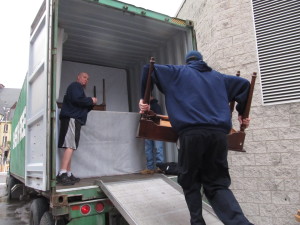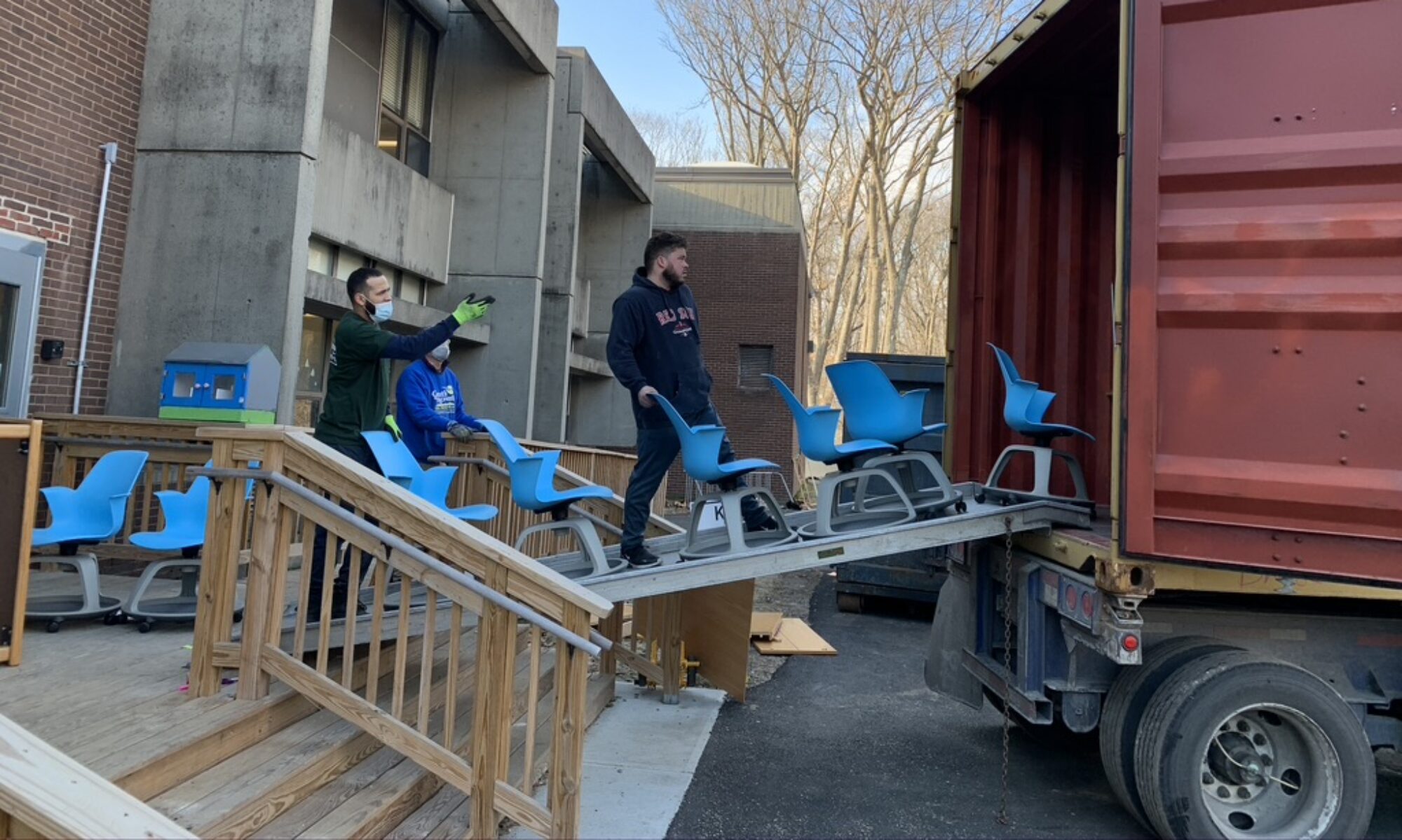
Like any project, reuse starts with planning. Successful reuse starts with good planning. Good planning starts with clear expectations and clear information.
Reuse is a new addition in construction and property management. It’s new in the furniture and installation business. Until recently, if you thought there was value in old furniture, you’d call up a liquidator. They’d buy what they wanted, and you’d toss out the rest. If you could find a local charity, they might take some of your old furniture – if they had a truck, if they had manpower, if they showed up. Most surplus ended up in the trash.
Now, as Sustainability becomes ingrained, companies and schools and hospitals are realizing that they shouldn’t let usable furnishings and equipment go down the road to a landfill. As much as possible, furnishings and equipment should be reused. If reuse isn’t possible, they should be recycled for their commodity value. Reuse should be part of the plan for every project, whether it’s the replacement of a few dozen chairs or the demolition of a building.
Good planning starts with clear information and clearly defined expectations. The places where these are laid out are the Request for Proposals and project Specifications – these are where the owner defines his/her expectations and how they are to be fulfilled. Over decades, owners, architects and contractors have developed comprehensive language and specifications that cover almost every aspect of demolition, construction, renovation, and the purchase and installation of furnishings and equipment.
But not reuse. As a new addition to project planning and management, reuse isn’t covered by standard RFP and Spec language. So reuse is often forgotten or omitted, or covered by vague language and requirements that lead to misunderstanding and dispute. Or it’s added into a project at the last minute, when schedules are set and contractors have mobilized, causing more misunderstanding and dispute. And good stuff gets thrown into the landfill.
After working with several of our clients and vendor partners, we’re happy to offer the attached RFP and Specification language to help address this issue. Our goal has been to keep it as simple and clear as possible. It can be changed, shortened, or expanded to address the particular requirements of any specific project. It’s meant to be flexible and adaptable.
And it’s meant to inspire competition, replication, adaptation, refinement, improvement. If you have variations of RFP and Specification language that you like, let us know and we’ll try to get the word out. Or get the word out yourself; blog, email, write an article. Reuse is a good thing, and the more avenues to get there, the better.
